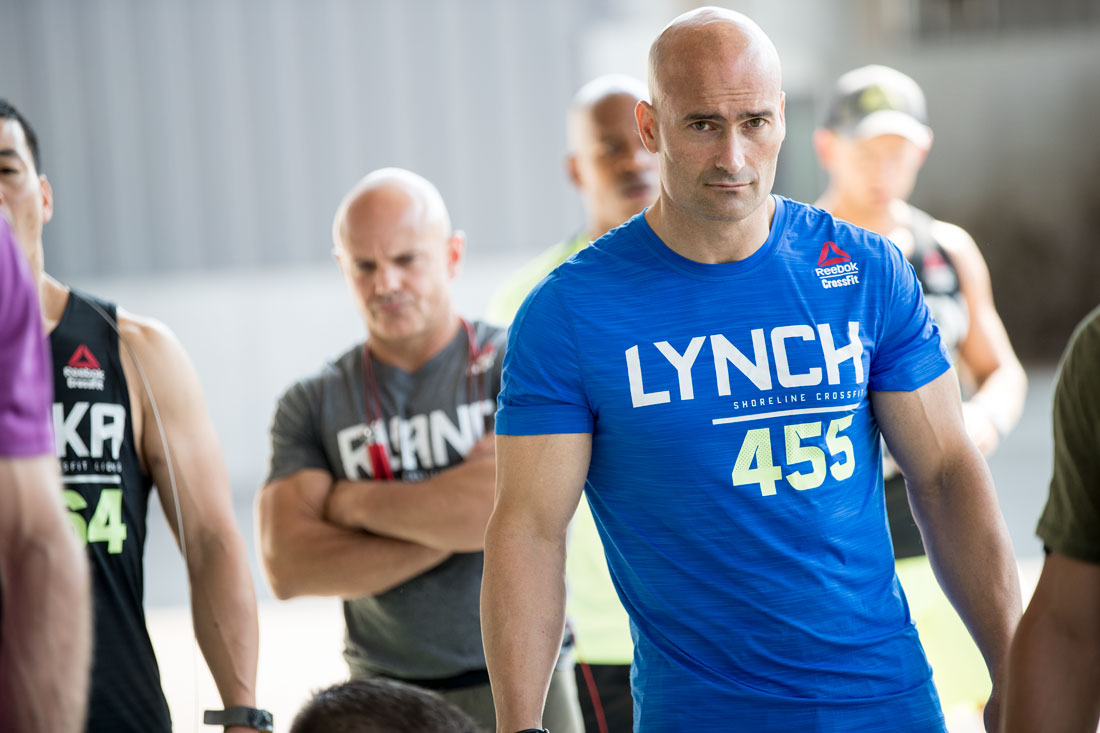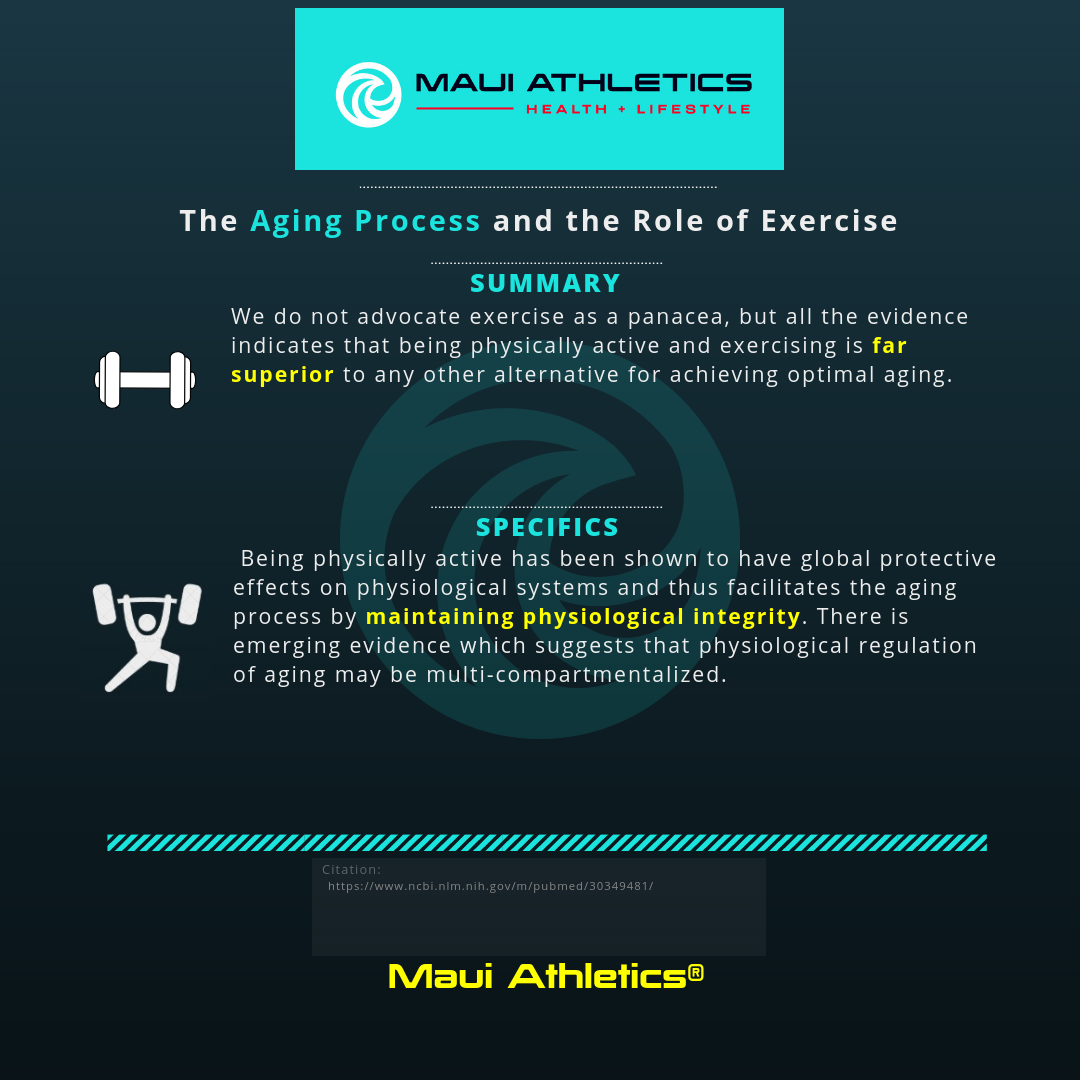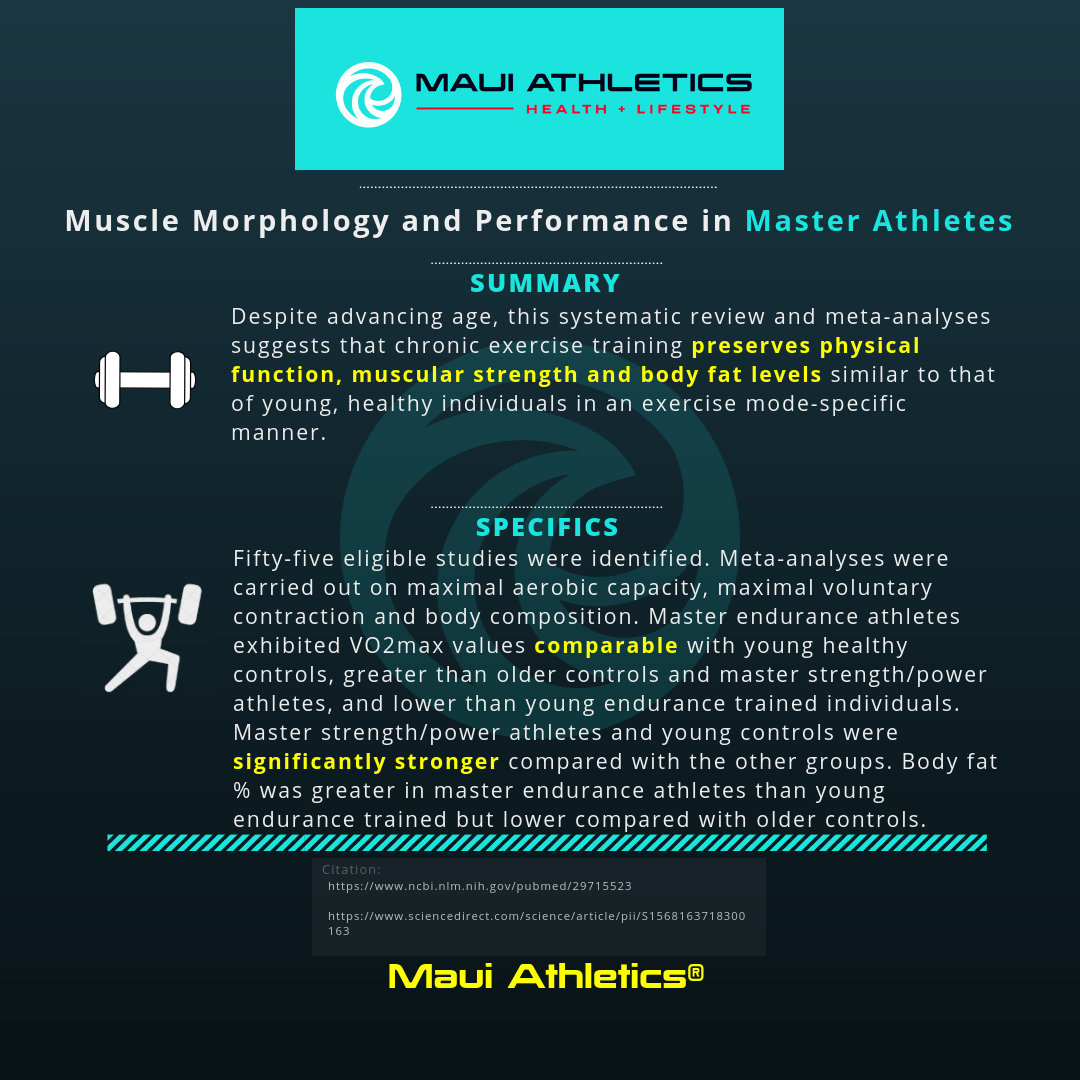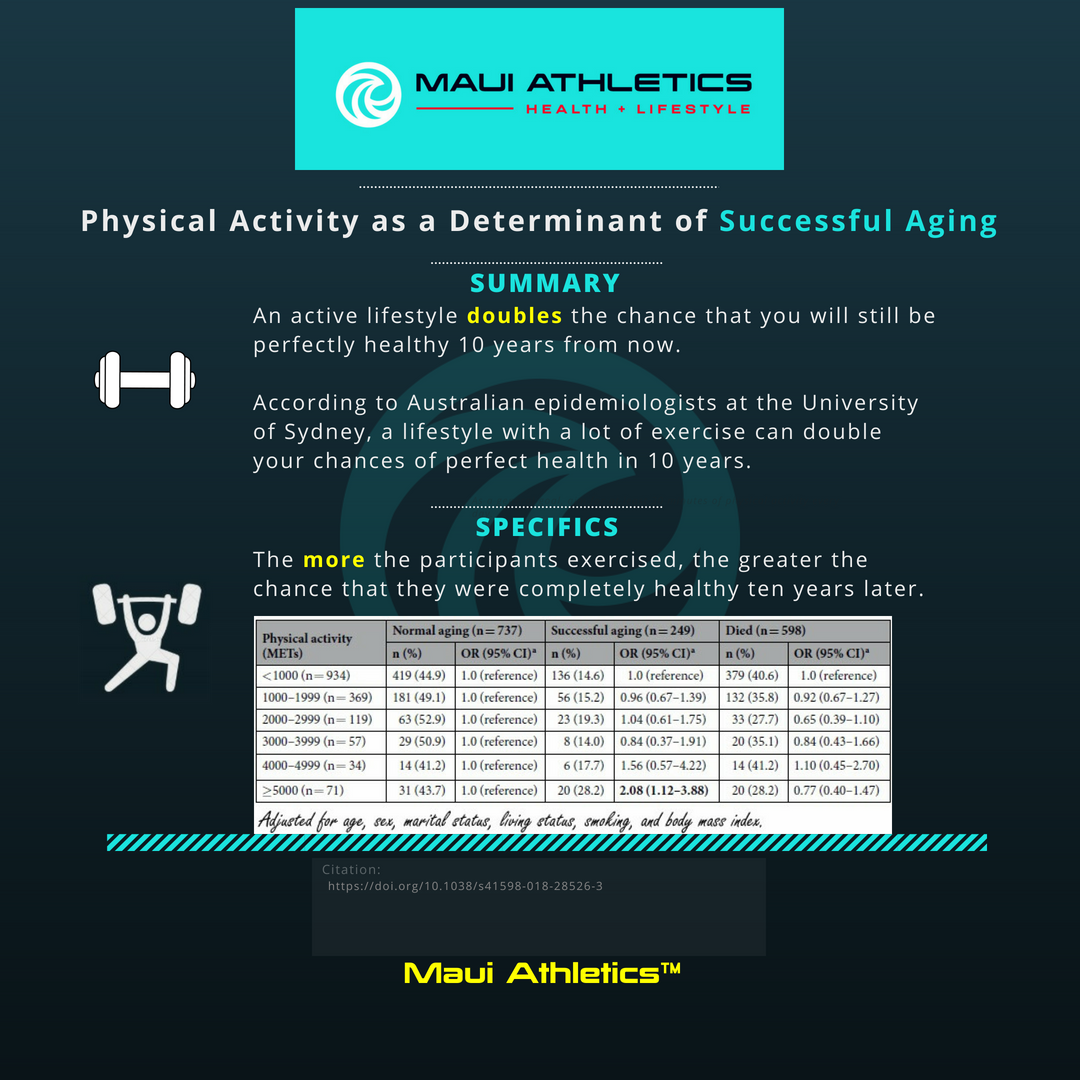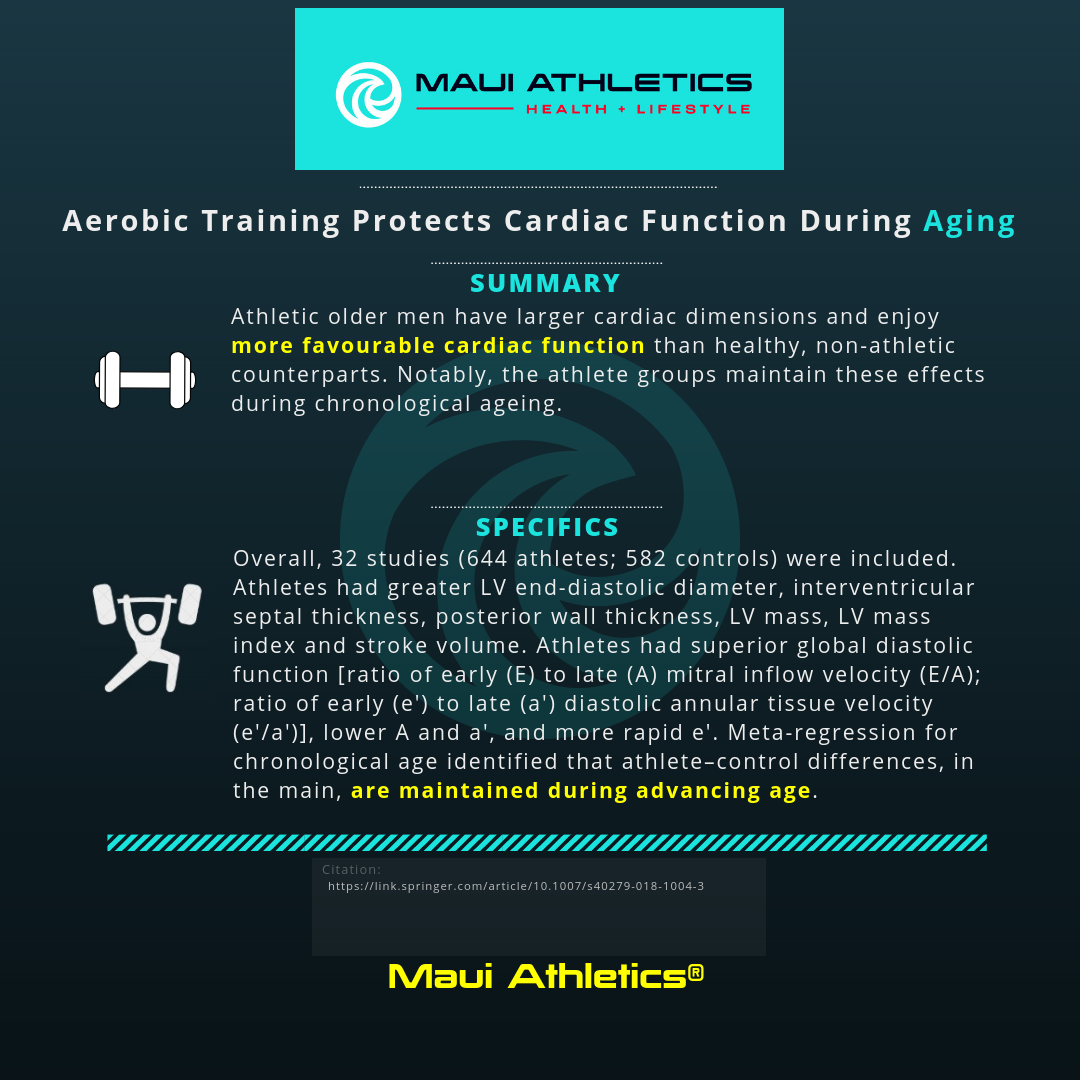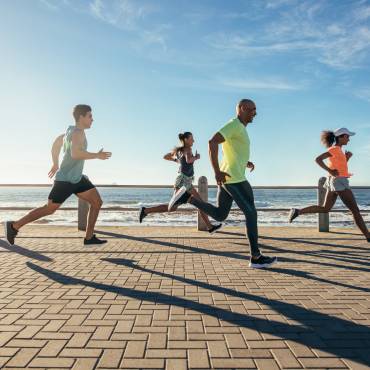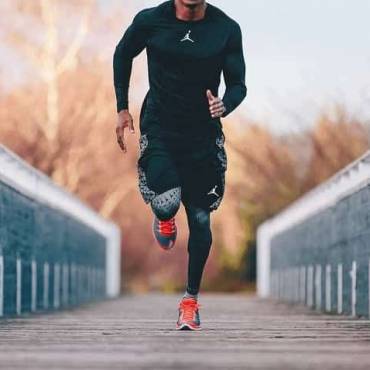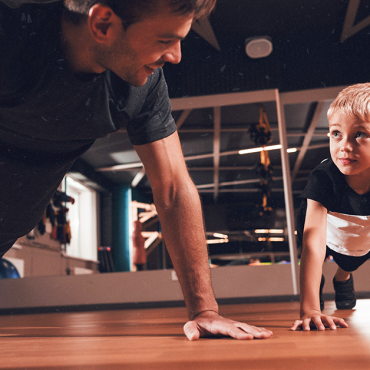The Aging Process and the Role of Exercise
Summary
Being physically active and exercising is superior to any other alternative for achieving optimal aging. By continuing to exercise throughout the aging process, age-associated decrements in physical function can be offset and unfavourable fat mass gain can be mitigated.
- Being physically active has global protective effects that facilitates the aging process by maintaining physiological integrity.
- Higher levels of physical fitness appear to delay all-cause mortality primarily due to lowered rates of cardiovascular disease and cancer.
- Maintaining an active lifestyle doubles the chance that one will still be healthy 10 years from now. This effect appears to be dose dependent; the more a person exercises, the greater the chance of being healthy 10 years later.
- Resistance training has been shown to significantly increase all health-related quality of life measures. This includes mental, emotional, social and physical functions.
- Exercise training above the public health recommendations provides additional benefits regarding disease protection and longevity. Endurance exercise, including high-intensity training to improve cardiorespiratory fitness promotes longevity and slows down aging. Strength training should be added to slow down loss of muscle mass, associated with aging and disease.
- Not only can exercise help maintain physical/health status. It represents a viable non-pharmaceutical therapy with the potential to reverse and enhance impaired mitochondrial function observed with aging, illness, and chronic muscle disuse.
- Athletic masters have larger cardiac dimensions and enjoy more favourable cardiac function than sedentary counterparts. Notably, athletic populations maintain these effects during chronological aging.
- Aging alters adipose tissue composition and function resulting in insulin resistance and ectopic lipid storage. Ultimately, obesity accelerates aging by enhancing inflammation and increasing the risk of age-associated diseases.
- Master athletes have longer telomere length (TL), better oxidative profile, and lower body fat than untrained individuals. Moreover, for this middle-aged sample, body fat was inversely correlated with both TL and markers of oxidative balance, demonstrating the key role of adiposity in biological aging.

